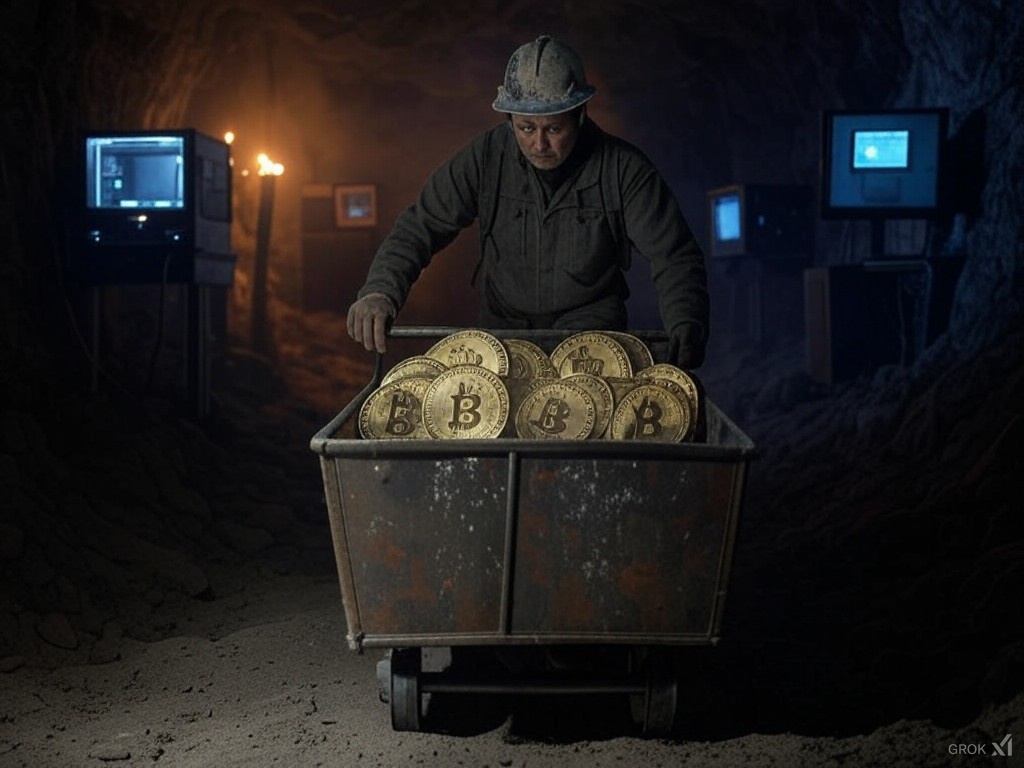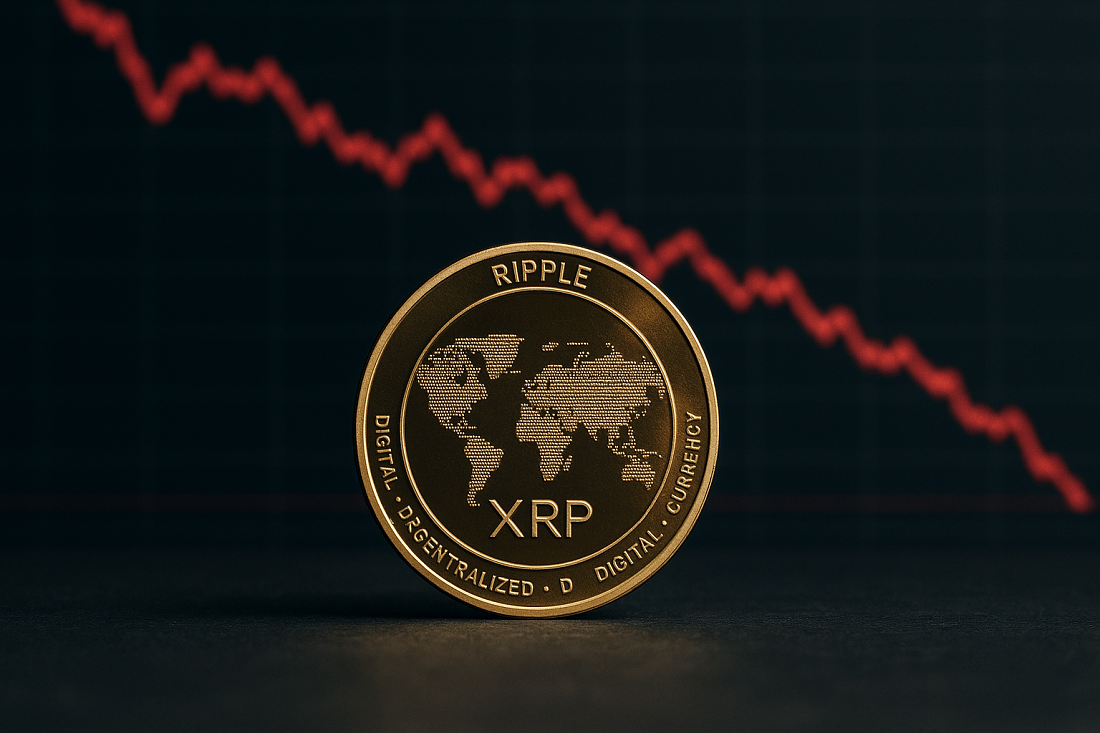The Pool got a block subsidy gain of around 2.3 million dollars.
Some users considered it dangerous, while others attributed the fact to the “luck.”
“I want all the remaining bitcoin to mining in the United States,” said Donald Trump during his electoral campaign. Luck wanted it to be on January 25, 2025, for more than an hour, when an extremely rare event occurred to Bitcoin mining (BTC) and a pool of mining of that country. The event was that the pool American bitcoin mining, Foundry USA, managed to process seven consecutive blocks.
The seven blocks found by Foundry USA can be observed on the site Mempool:

This American pool took a block subsidy reward (3,125 BTC for each block, after the halving of 2024) of Around 2.3 million dollarsconsidering that the price of Bitcoin on Saturday, January 25, it remained near the $ 105,000 area.
In addition to this, he also stayed with the rates for transactions paid by users in each of those seven blocks, which implied approximately 20,000 dollars of profits.
Why is it under 7 blocks in a row is it extremely weird?
The rarity of the case lies in the improbability of the fact. Bitcoin mining It works probabilistically: The miners compete with their equipment to process the following block, but the probability that one of them solves the mathematical problem first is random. The more computational power (hashrate) has a miner, the more opportunities to find the next block.
It is because of this random condition that Bitcoin mining is usually compared to a “lottery”, where the most hashrate miners have more tickets and, therefore, more chance to win it.
At present, Foundry USA is the pool Bitcoin mining of greater hashratrate in the world with 240 eh/s (exahashes per second), occupying more than 28% of the total computing power provided by the Pools BTC miners to the bitcoin network.

Therefore, although Foundry has the potential to undermine more blocks than other miners, which has managed to do so on seven consecutive occasions is an atypical fact.
However, mining two or up to three blocks in the Bitcoin network have frequently registered. Such is the case of pool Chino Antpool, which on January 25 found three blocks in a row:


Bitcoin centralization risk?
The event of a mininating 7th blocks is not inherently bad or good. In technical terms, this event Does not immediately compromise security of the network or its operation, since the blocks were validated without infringing the rules of consensus at any time.
However, although 7 consecutive blocks do not constitute an attack on the network, this event generated concerns in some users, given a possible domain of that miner (or other).
In this line, a user in x described to the fact with a pessimistic posture:
“This is 70 minutes of pure control of the Bitcoin network. This is not good “
User in X.
In contrast, a developer Bitcoiner attributed having undermined 7 blocks to a fortuitous event:
“Statistically, this is quite extraordinary. If they had 50% of the hashrate, the probabilities of undermining 7 consecutive blocks would be less than 1% (precisely 0.781%). Concern for centralization is valid, but this is still incredible from a perspective of pure luck. ”
User in X.
Thus, while the processing power of Foundry USA (or other miner) does not achieve a percentage close to 50% of Bitcoin’s total hashrate, this kind of events should not generate concerns, but curiosity about an extremely atypical fact in mining in mining of Bitcoin.


